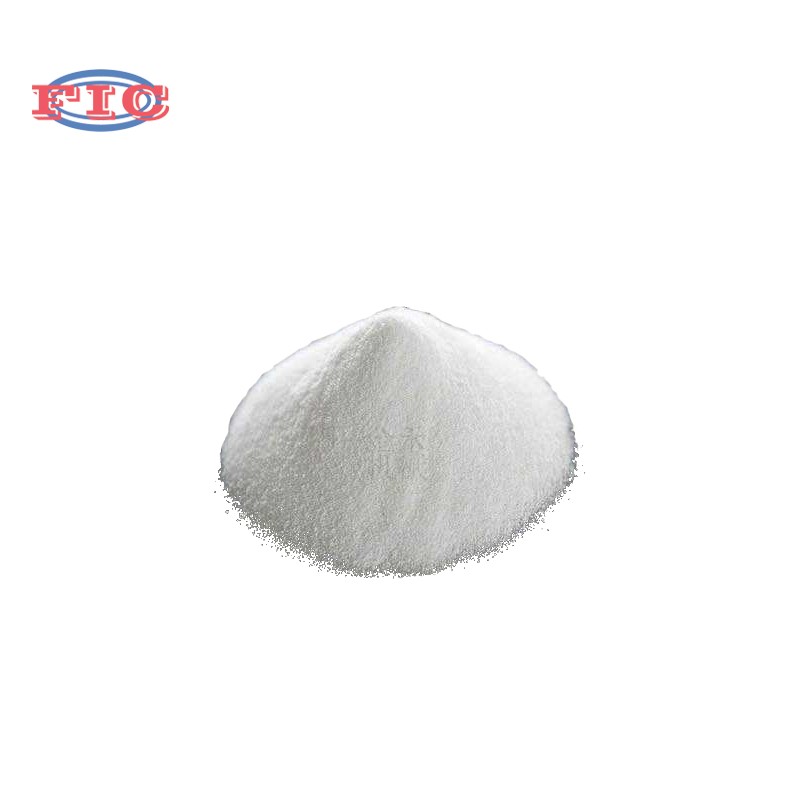 それでは、様々な食品におけるキサンタンガムの最適な割合について説明しよう。
それでは、様々な食品におけるキサンタンガムの最適な割合について説明しよう。
Xanthan gum, also known as Hansen gum, is a widely used microbial extracellular polysaccharide produced by Xanthomonas campestris through fermentation engineering with carbohydrates as the main raw material (such as Corn starch). It has unique rheological properties, good water solubility, stability to heat, acid and alkali, and good compatibility with various salts. As a thickener, suspension agent, emulsifier, and stabilizer, it can be widely used in more than 20 industries such as food, petroleum, and medicine. It is currently the largest and most widely used microbial polysaccharide in the world.

Because Xanthan gum is mainly a product made by fermentation, there is no upper limit on the release of food grade Xanthan gum in the food industry. The so-called placement ratio and upper limit are only the best food production effect. The dosage of Xanthan gum in various foods is different. Let’s talk about the optimal proportion of Xanthan gum in various foods.
Butter and concentrated butter are commonly used and consumed ingredients in daily life, with a dosage ratio of 5g/kg; Wet noodle products (such as dough) 10g/kg; Dry flour products (such as Macaroni) 4g/kg; Sugar and syrup (such as brown sugar; granulated sugar; rock sugar; raw sugar; fructose (source of sucrose); Molasses, etc.) 5g/kg; Infant formula food for special medical purposes 9g/kg; Other kinds of food can be added according to the appropriate amount (such as: Modified milk ingredients • flavor fermented milk • condensed milk • cheese products • dried vegetables • dried algae • bean products, etc.).

Choose us:
We-FUTUREINTER have more than 15 years business exprience for your Market. In the meanwhile, We also have brand in Dubai. We are mainly engaged in food additives, industrial chemicals and various chemical material. Contact us for more product details. Let us provide you with the most competitive products!













